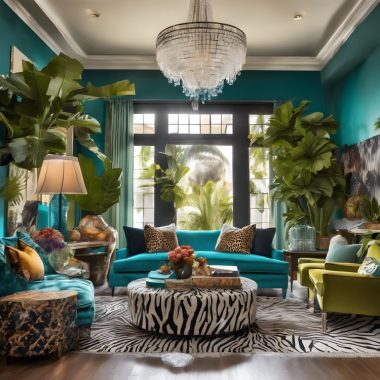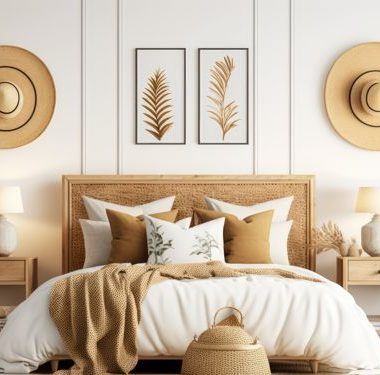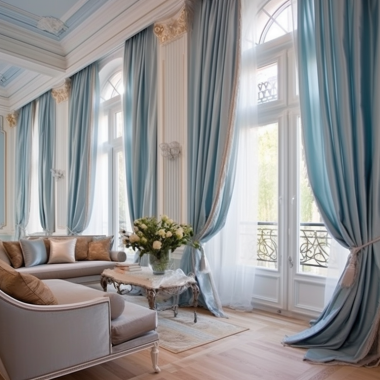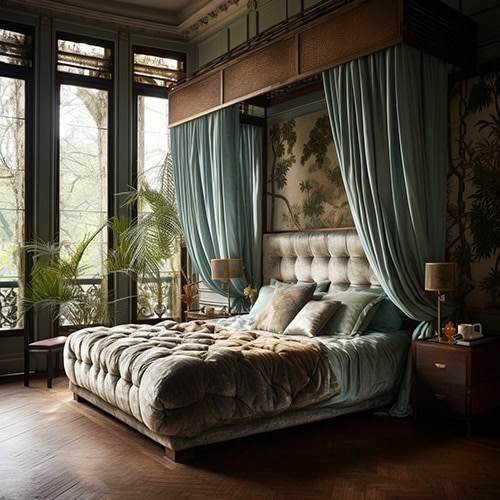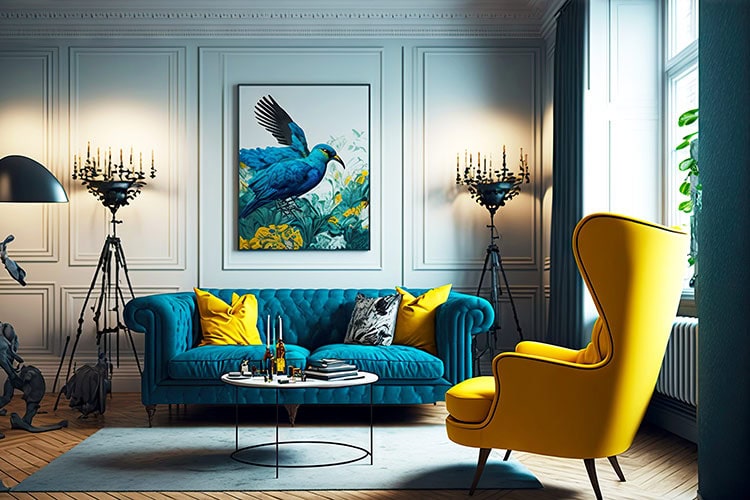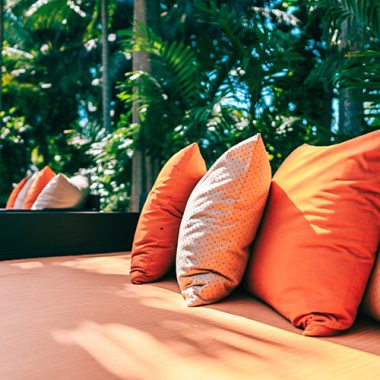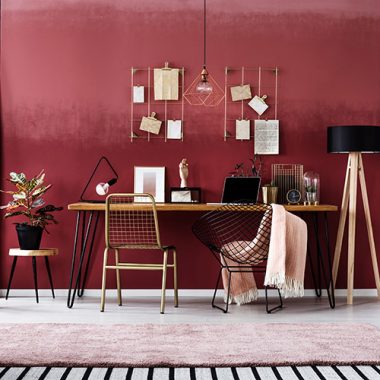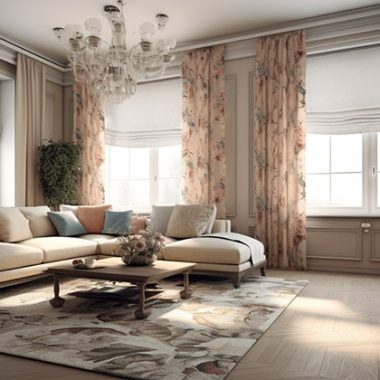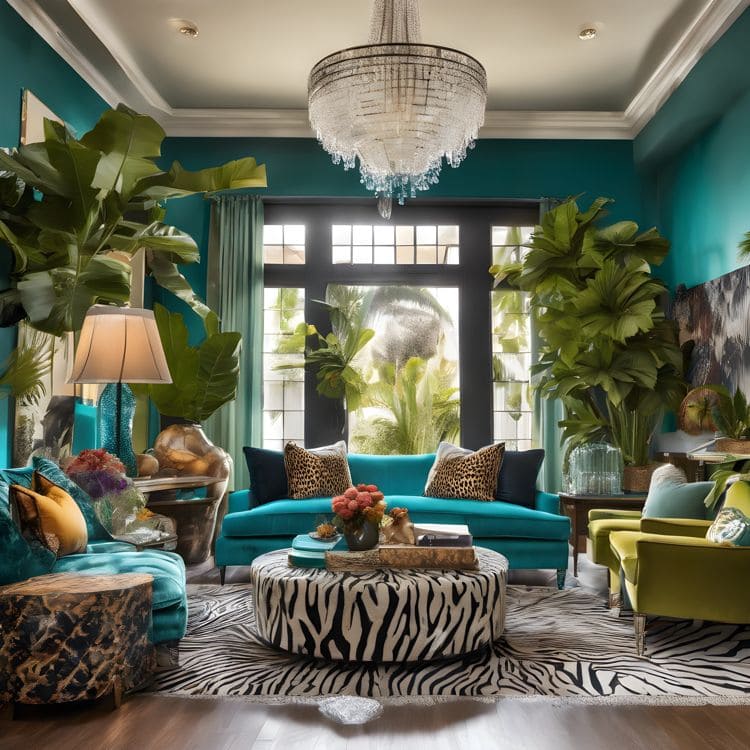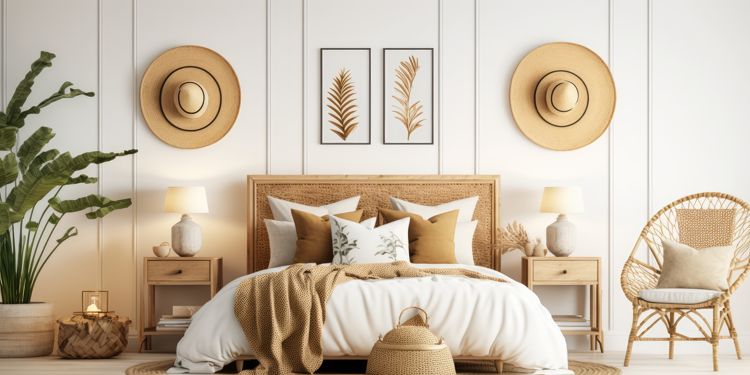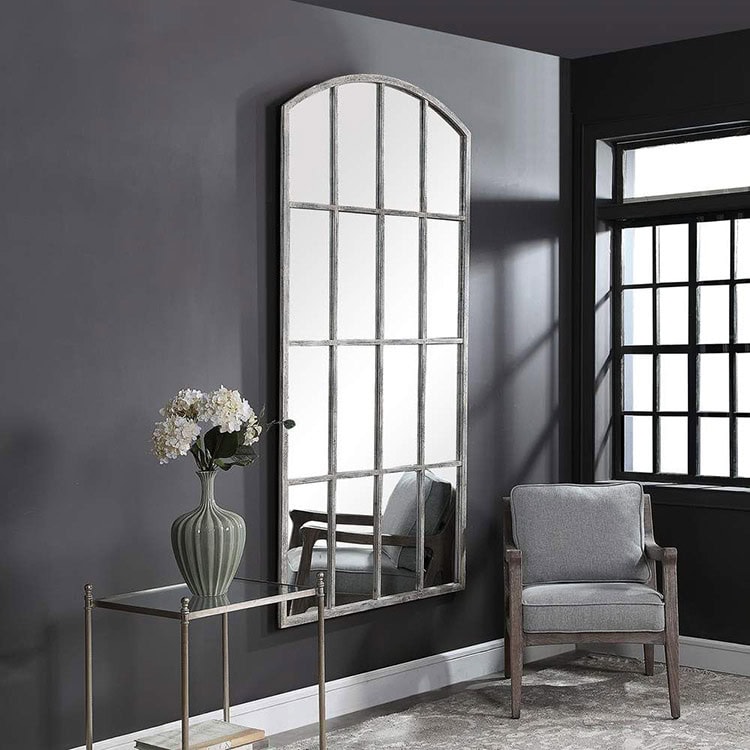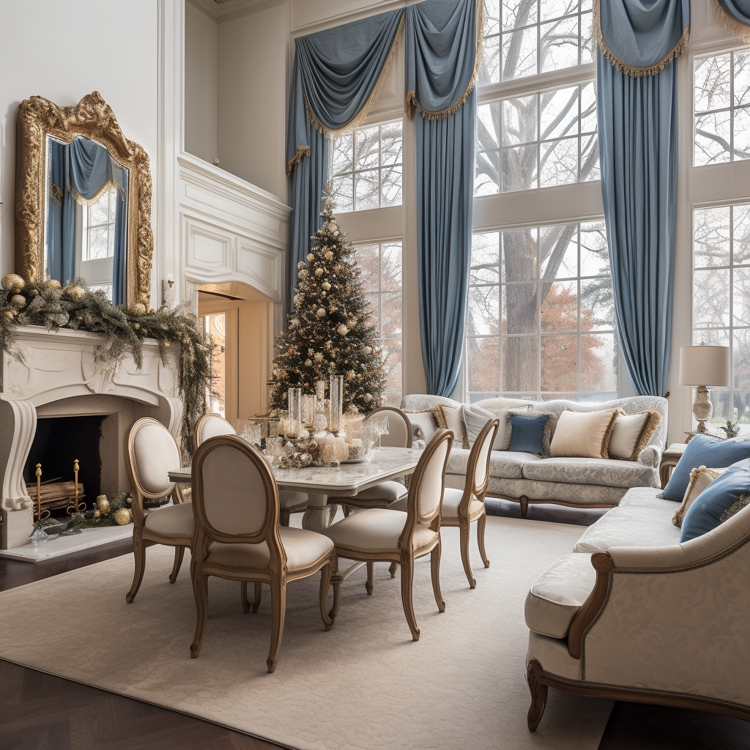Whether you’re a creative skilled crafter, an artisan, a designer, or simply an avid DIY-er, you eventually need to choose a thread (or two) to complete your project. And while picking the right thread for your project might not be as difficult as picking the fabric itself, it can still be challenging. Let’s talk a little bit about popular types of thread used for home interiors and then ways to narrow it down to the right one.
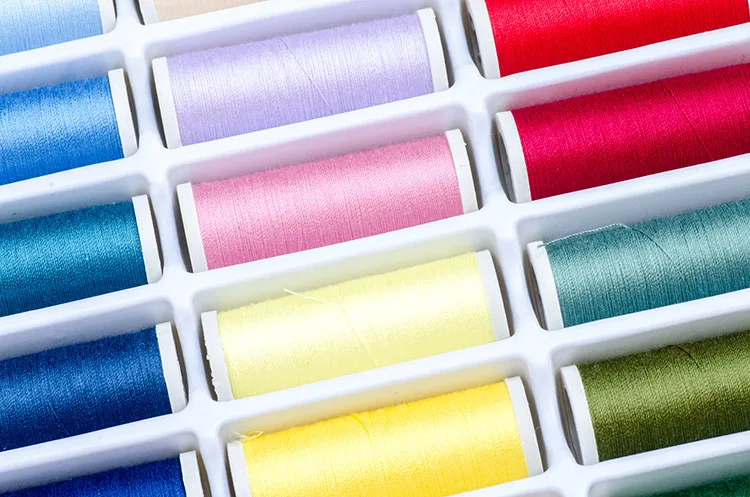
Types of Thread
It’s important to understand that every type of thread serves a different purpose which they fulfill based on their fiber content, weight, and strength. Understanding more about those characteristics and how they will stand up to your project, fabric, and technique will make the whole process go more smoothly.
Silk Thread
Silk thread is a natural fiber known for its high sheen. Not only is it beautiful, but it’s also elastic, yet strong. The highest quality you can get is a pure filament, which comes naturally from the silkworm in long strands, eliminating the need to be spun. Bleaching agents can damage the thread, but machine-washing with mild soap is safe.
Rayon Thread
This is a low-cost alternative to silk thread that is one part nature and one part manufacturing. Rayon thread is easy to find and comes in a variety of colors. It creates a very smooth stitch and is well suited for high-speed sewing machines since it doesn’t break or fray. The downside to this thread is that it isn’t truly colorfast. Although it might not fade in cold water, this thread can change if exposed to bleaching or brightening agents.
Nylon Thread
This thread is popular for upholstery and home decorating, because of its versatility, sew-ability, and durability. Another positive point is that this thread both stretches and recovers well. It is also mildew resistant.
Cotton Thread
Just like the fabric, the thread is a traditional choice for many sewing projects. However, if your project consists of fabrics that stretch, this is not the thread to use, as it pulls more than it gives. Over time, the thread may bunch and eventually tear. Although this thread can fade in the sun, new processes are treating the thread to increase its luster. Cotton thread also comes in a wide range of weights.
Polyester Thread
This thread is an all-around favorite. It’s fade-resistant, shrink resistant, strong, and economical, making it a great choice for many projects. Visually, it falls under the category of medium luster thread, falling somewhere between cotton and rayon. You can find this in a variety of weights and colors, which makes it easy to get the look you want.
Finding the Right Weight
It’s important to have some understanding regarding thread weight. Otherwise, your project might not turn out the way you hope. For example, thread that is too small or weak can result in a project that falls apart, whereas thread that is too wide or coarse can split or tear the fabric. The right weight depends on several factors including:
- The material being used
- The durability and strength requirements on that seam
- The visibility of the thread
- The desired look
How is thread weight determined?
The “weight” of the thread is actually a length measurement that is determined by measuring the length of 1 gram of thread. For example, if 1 gram is 30 meters long then it is a 30-weight thread. Additionally, the higher the weight number, the lighter, or finer, the thread (a 30-weight thread would be heavier than a 50-weight thread). Therefore, heavier threads are typically more visible and require a larger needle.
Another thing to keep in mind is that your sewing machine has a preference as well, favoring better quality over poorly made thread. If you do find a bargain, just make sure that it’s well made. A quick way to figure this out is to simply examine the spool of thread. Long, continuous fibers are strong, while short fibers are weak. A fuzzy spool of thread indicates short fibers. Lastly, use finer needles for finer fabrics and thicker needles for heavier fabrics.
Matching Your Fabric
After selecting the type and weight of thread it’s time to select the right color to match your fabric. For seams, look for a color that seems to disappear. If you have a patterned, printed, or multicolored fabric focus on the fabric’s main or background color. If you are looking for a thread that will be used for accenting or topstitching, consider a contrasting thread. For a bold impact, choose colors opposite of your main color on the color wheel.
Cutting Corners for Your Fabric Needs
Whatever your project may be, keep us in mind for your fabric needs. Stop by one of our Cutting Corners showrooms or visit us online to browse our gorgeous discount designer fabrics that range from lightweight to multipurpose. While you’re at it, be sure to check out our beautiful selection of trim that will allow you to truly personalize your project into something really special.

